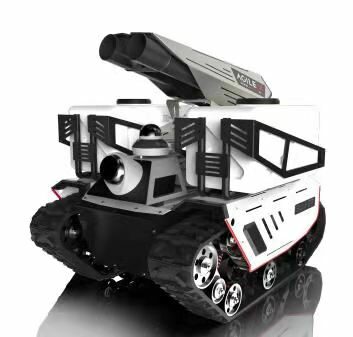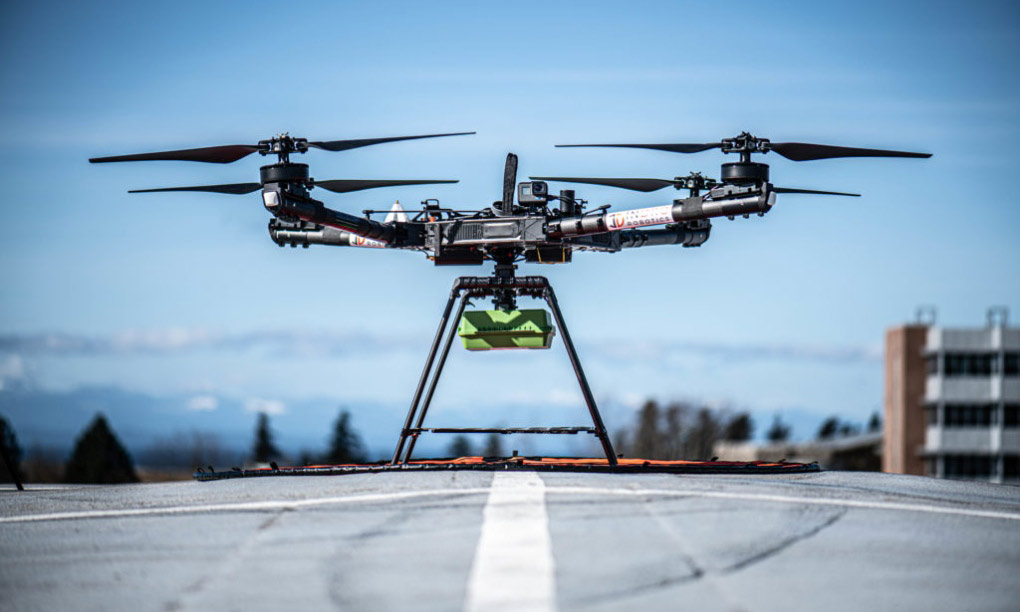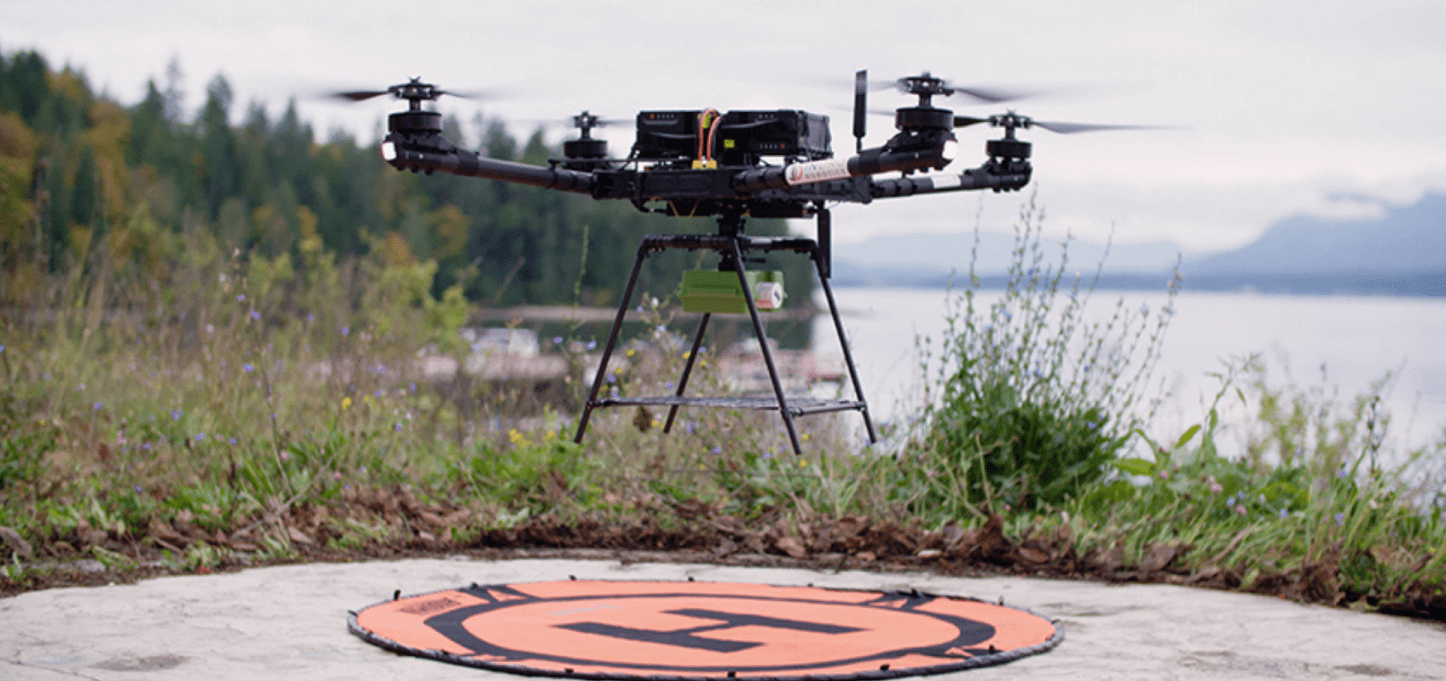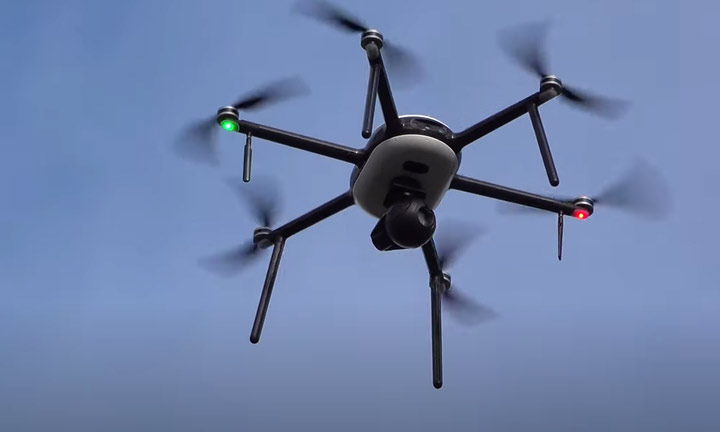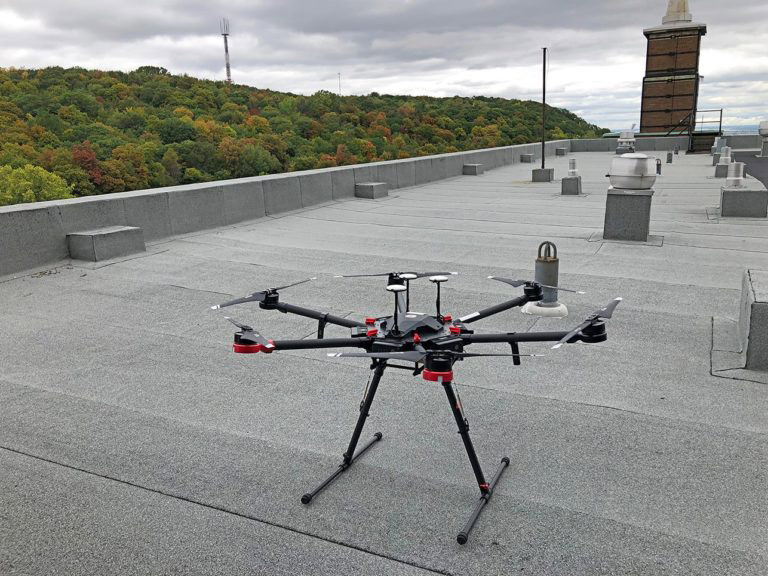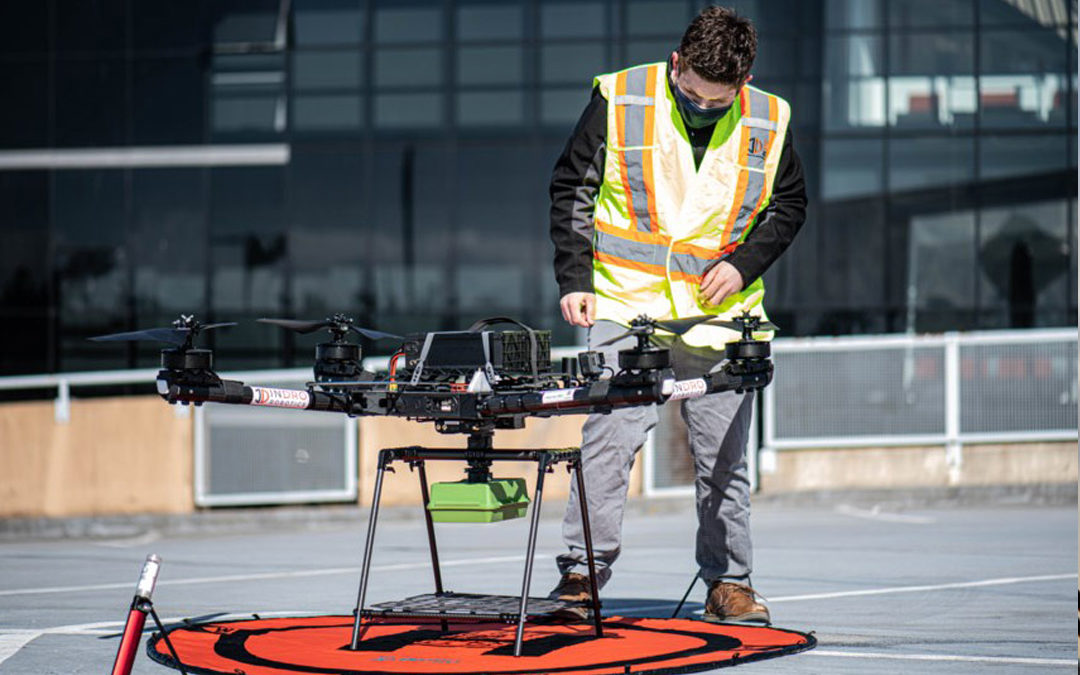
InDro Robotics, Rogers make first drone / RPAS flight in Canada using 5G network
InDro Robotics has flown two drone missions utilizing a Rogers 5G network – another important Canadian first. The flights took place at the University of British Columbia (UBC) in April, 2021.
This milestone demonstrated potential future applications of 5G-enabled autonomous flights in Canada and around the world.
The two UAVs, both manufactured and operated by InDro Robotics, were standard quad models integrated with a 5G transmitter/receiver. The RPAS units used the Rogers 5G network at UBC to perform various tasks during test flights.
InDro flies drone missions over Rogers 5G network
The 5G network was installed by Rogers as part of a three-year, multimillion dollar partnership with UBC. The goal is to build a real-world 5G hub on campus that will be the blueprint for 5G innovation and research in Canada.
Drones generally communicate using standard radio frequencies. These have limited range and data bandwidth. Flying drones over the Rogers 5G network, InDro Robotics can share videos and even dense data with multiple users anywhere on the network at a much faster rate.
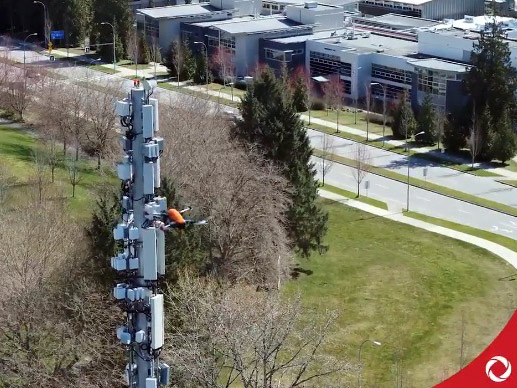
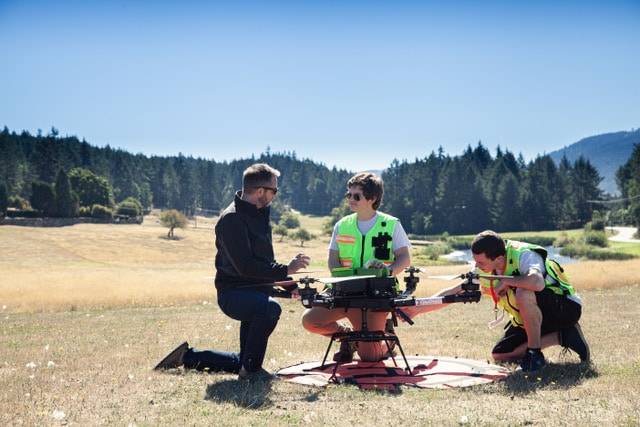
The InDro Robotics mission flying drones over 5G networks
The drone flights, carried out by InDro Robotics over a Rogers 5G network, were highly successful. The drones completed tasks such as picking up and dropping off a box containing first-aid medical supplies from one location to another.
InDro Robotics President and CEO, Philip Reece, said the ability to fly utilizing a 5G network opens up more opportunities for new uses for UAV technology, such as deployment during natural disasters and critical incidents. The use of 5G allows sharing data with multiple users. More importantly, it enables the operation of UAVs from off-site command centres that could be hundreds or thousands of kilometres away from the mission.
“Two greatly anticipated technologies that have developed over the past years are commercial drones and 5G networks. On their own each have an amazing impact on many industries. Together, they do so much more. We now have drones flying over public and private 5G networks that can collect and send data into the cloud for AI processing and back to offsite command centres with near-zero latency. This enables drones to operate smarter and safer, sharing critical data with those that need it instantly. This helps keep First Responders out of harm’s way, and allows engineers to inspect infrastructure faster and more efficiently. It also helps keep airspace safe, and so much more,” said Reece.
“We are proud to be leading the industry in deploying drones over cellular networks in North America.”


